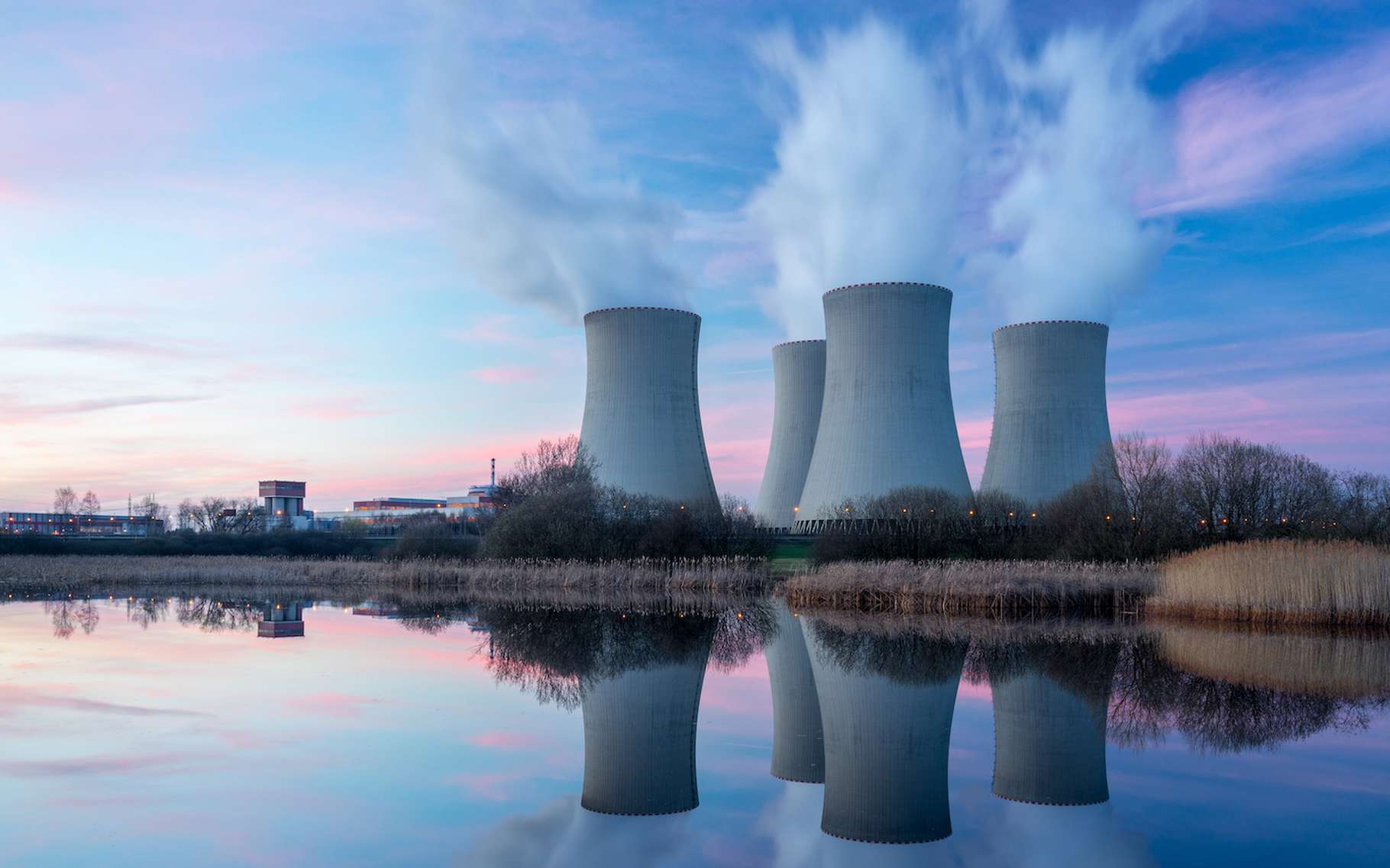The nuclear industry is not known for its flexibility and responsiveness. But thanks to 3D printing, researchers hope to make a difference. Additive manufacturing of microreactors allows them to efficiently explore new solutions.
Materials, fuels and technologies that date from the 1960s … High costs and construction times of several decades …. Presented like this, the nuclear energy industry is not a dream. But researchers at the Oak Ridge National Laboratory in the United States are working to completely rethink the way nuclear reactors are designed and then built.
In full containment imposed by the coronavirus crisis , physicists have demonstrated the usefulness of additive manufacturing in this area . They used 3D printing to produce the core of a nuclear reactor . Objective: lower costs and lead times, and imagine a new model for the accelerated deployment of advanced systems. All by 2023.

3D printing to design the nuclear reactors of tomorrow
Monitoring technologies continuously assess the manufacturing process. What to qualify the material in real time and analyze its performance thanks to an artificial intelligence . After the additive manufacturing stage, in-depth tests evaluate the performance of the components in order to link them to the production data collected directly. Thus, researchers should be able to perfect the design of this nuclear reactor core.
“By using 3D printing , we have access to technologies and materials that the nuclear community has not yet been able to exploit. This includes sensors for near-autonomous control, a data library and a new accelerated qualification approach that will benefit the entire community, “said Kurt Terrani, director of the Transformational Challenge Reactor Demonstration Program , in a statement .
0 comments:
Post a Comment